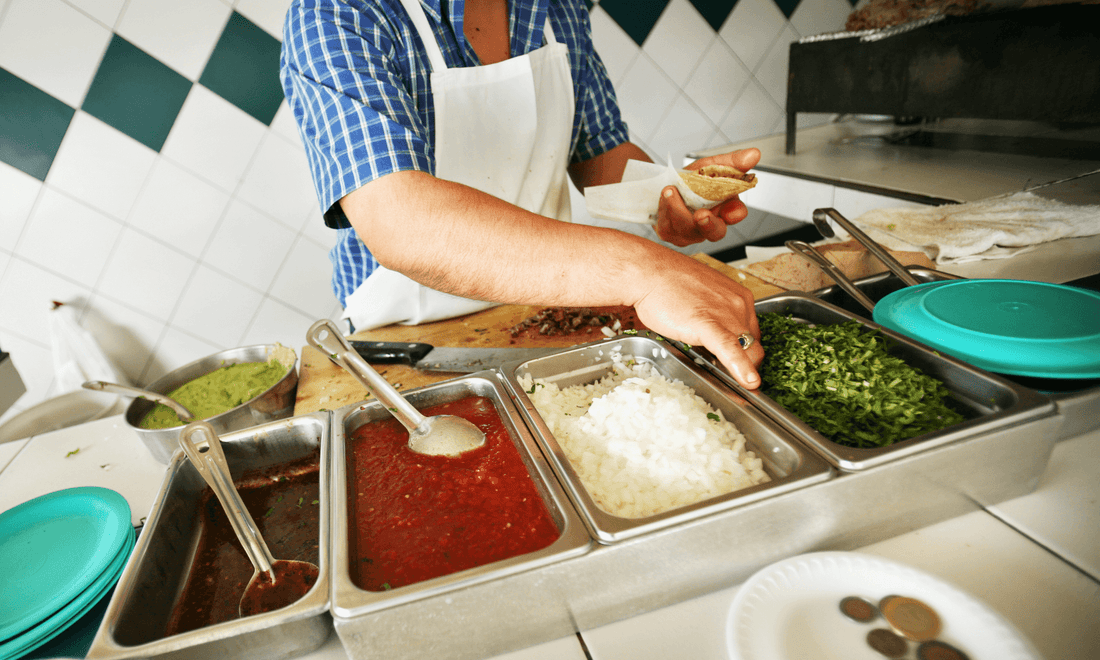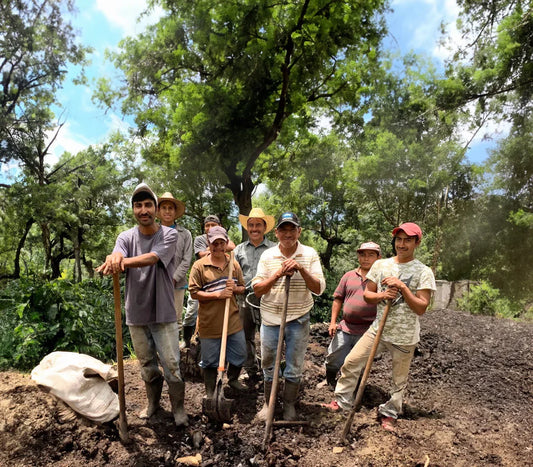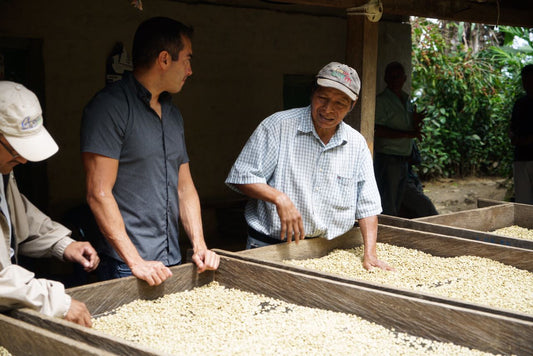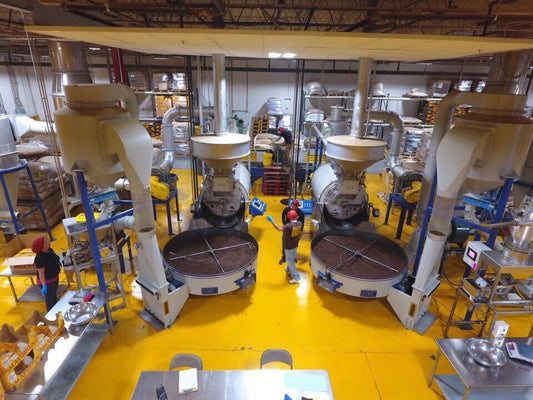
The Influence of Indigenous Cultures on Latin American Cuisine
Oaxaca City, Mexico’s culinary crucible, sizzles into life as young asadors flame hunks of tender, juicy meat; the smell of fresh corn permeates the air as people line up eagerly to collect their share of freshly made tortillas. But how many stop to consider the centuries of skill and tradition behind these beloved dishes and ingredients?
Few people realize that much of the food we enjoy most, like Peru’s ceviche and tamales from Guatemala, is actually influenced by indigenous cultures.

Gastronomic Legacies
In recent years, Latin American cuisine has gained worldwide popularity and recognition. While it’s true that dishes have adapted throughout the centuries, we can’t ignore the fact that Latin American cuisine’s popularity owes much to its indigenous roots.
The Mayans, for example, developed elaborate cultivation techniques that transformed maize into a dietary staple, a tradition upheld to this day. This indigenous reverence for maize birthed the art of nixtamalization—a process that enhances flavor, texture, and nutritional value. By soaking maize in an alkaline solution (like limewater), the tough outer husk softens, making it easier to grind into a fine masa, a foundation for many beloved Latin American dishes.
In fact, it’s known that over 80% of Latin American recipes incorporate indigenous ingredients or techniques (Latin American Food and Drink Magazine). This is not an entirely surprising figure, given the unwavering influence of native culture on each region’s culinary landscape.
Elena González, Lima's renowned Chicha restaurant, believes that indigenous traditions “provide a deep connection” to Latin roots, infusing each dish with a “sense of cultural identity that transcends borders."

Brewing Traditions: Aromatic Elixirs
Beyond the realm of prominent recipes and food staples, indigenous cultures have left an unquestionable mark on Latin America's diverse range of beverages. From the corners of the Amazon rainforest to the high-altitude plantations of the Andes, unique brewing methods have been perfected over centuries, capturing the essence of the region's botanical wealth.
In Ecuador, the ancestral ritual of guayusa tea stands as a testament to the wisdom of the indigenous Kichwa people. Guayasa tea is smooth, earthy, and slightly sweet with grassy notes. The flavor is often described as clean and refreshing, with a pleasant smoothness that’s lacking in other, more usually bitter, teas.
The natural sweetness of guayusa leaves makes it enjoyable to drink without the need for additional sweeteners, although some people may prefer to enhance the flavor with a touch of honey or other natural sweeteners. Brewed from the leaves of the Ilex guayusa plant, the elixir offers a balanced energy boost, and is loaded with essential antioxidants and amino acids. Indigenous communities, who consider guayusa a spiritual companion, have preserved this brewing tradition for generations, cherishing its ability to connect them to their ancestors.
Not only this, indigenous brewing methods often emphasize sustainability, with practices like communal farming and wild harvesting ensuring minimal impact on the environment. As food critic Carlos Váldez notes, "These brewing traditions not only produce exquisite beverages but also carry a profound respect for nature and its resources, an ethos we would all benefit from embracing."

A Culinary Renaissance
Today, as Latin American cuisine experiences a global surge in popularity, chefs and home cooks alike are delving deeper into indigenous ingredients and cooking techniques, honoring the past while propelling the future.
In Mexico, world renowned chef Enrique Olvera's restaurant, Pujol, has garnered international acclaim for its innovative approach to ancestral flavors, successfully bridging tradition and modernity. Through meticulous research and experimentation, Olvera showcases the versatility of ancient ingredients, highlighting their timeless appeal in contemporary gastronomy. Some of their most well renowned dishes are mole madre and mole nuevo, which has been described as “a taste of Mexico’s past and future all in one bite.” A perfect circle of fresh mole, surrounded by a larger ring of mole aged more than 1,000 days, beside a basket of warm tortillas.
With culinary tourism on the rise, indigenous communities are reclaiming their place at the table, sharing their stories and culinary traditions with the world. Such initiatives not only provide economic opportunities but simultaneously foster great cultural pride and resilience.
Next time you are looking for a fine dining experience, choose a restaurant with a Latin touch – we can assure you won’t regret your choice!


